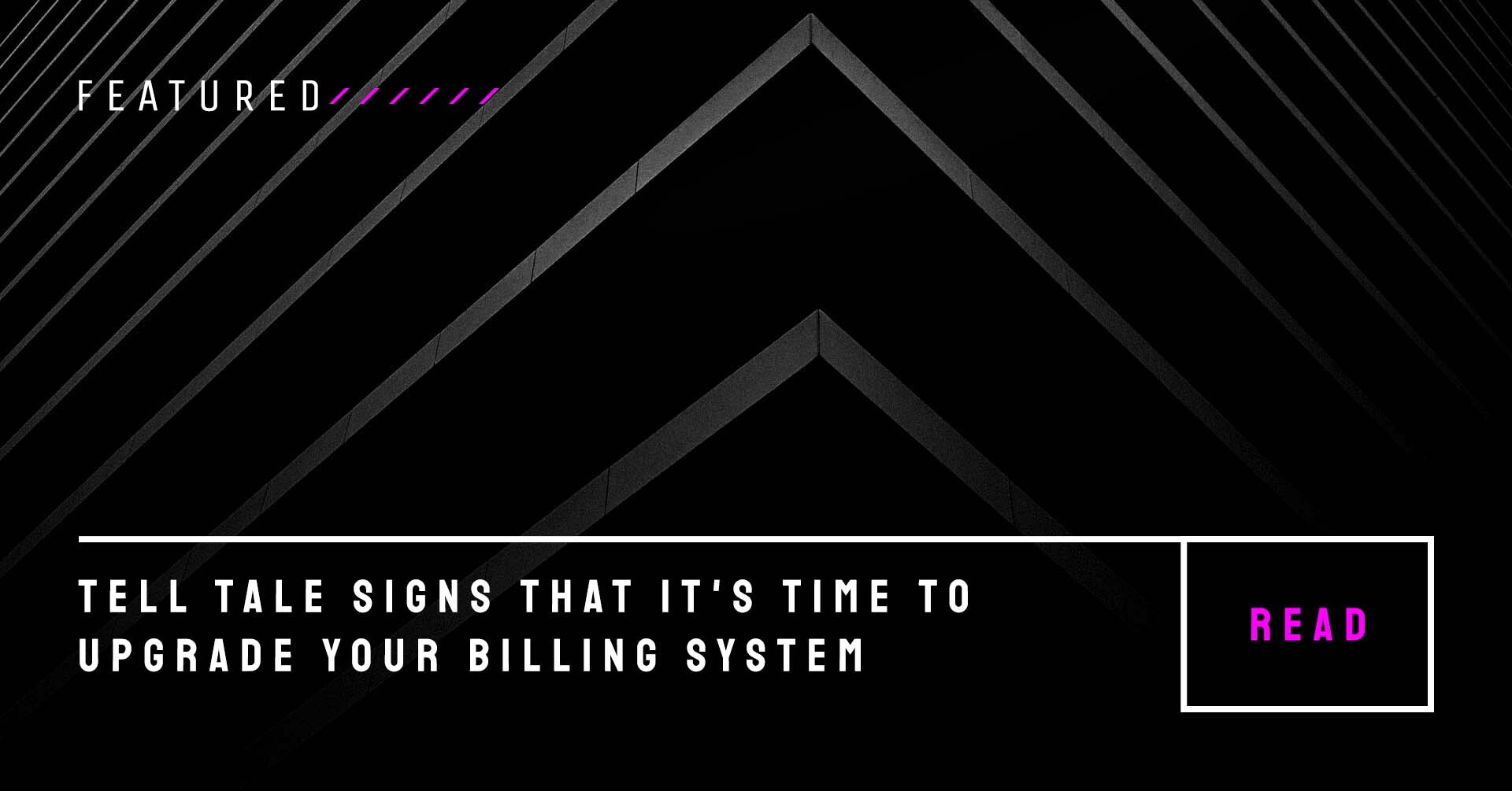
Technical debt is a commonly understood term within the software industry, representing short-term gains in exchange for ongoing maintenance costs. Similarly, "Monetization Debt" causes various expenses to businesses that compound over time, especially when customer-specific customization is required. Early on, these customizations are manageable, but as a business scales, manual billing processes can become a significant burden.
Monetizing the Internet of Things (IoT) continues to be a complex yet critical endeavor for businesses. In 2024, the landscape has evolved, presenting new challenges and opportunities for companies looking to leverage IoT technology effectively.
Great ideas are critical to strategic planning, but only execution translates those ideas into IoT business revenue. Successful IoT strategies require a billing solution that scales and adapts with the business model. No single solution can achieve that for every business in a plug-and-play style.
The shift to the usage economy is rapidly expanding across industries, as companies move away from outdated models to capitalize on new revenue opportunities. Traditional subscription models that lock customers into long-term contracts are becoming less effective. In today’s market, customers demand customized billing services and refuse to pay for unused services.
Flat-rate plans offer predictable revenues but miss a growing market segment. Agile companies recognize that complex usage billing models have a significant business impact. By adopting hybrid models, businesses can enhance margins, retain clients, and predict churn through automated analytics, ensuring long-term success.
Explore the examples below to see how various billing formats can drive revenue growth and effectively meet customer needs.
As consumers become increasingly conscious of their spending and the value they receive, the demand for usage-based billing models is on the rise. This shift is reshaping how businesses, especially service providers, need to operate to stay competitive and meet consumer expectations.
Revenue loss often goes unnoticed, lacking physical signs but leading to long-term negative consequences. Revenue leakage, typically due to underbilling, affects 42% of companies, according to MGI. This unnoticed loss can accumulate to significant amounts over time, impacting the bottom line.
Subscription businesses are particularly vulnerable due to multiple purchase streams, varied billing dates, and product packages. Missed renewals are another major cause. Manual or outdated billing systems exacerbate the problem.
Proactively addressing revenue leakage involves identifying its causes and spotting early warning signs. A robust revenue assurance approach helps organizations prevent loss and confidently scale their business.
The usage economy is a pay-for-use business model that offers an optimized exchange of value between businesses and customers. By utilizing usage-based pricing, businesses can set accurate price points, allowing customers to pay for what they use.
As businesses face rapid digital transformation, the integration of Unified Communications as a Service (UCaaS) emerges as a crucial strategy. With an anticipated 40 billion connected devices by 2025, UCaaS offers enterprises unparalleled scalability and flexibility in communications, catering to the dynamic needs of modern businesses.
The shift from traditional seat-based subscription billing to more flexible, usage-based models is gaining momentum. This change is driven by the need to better align pricing with actual usage and customer needs.